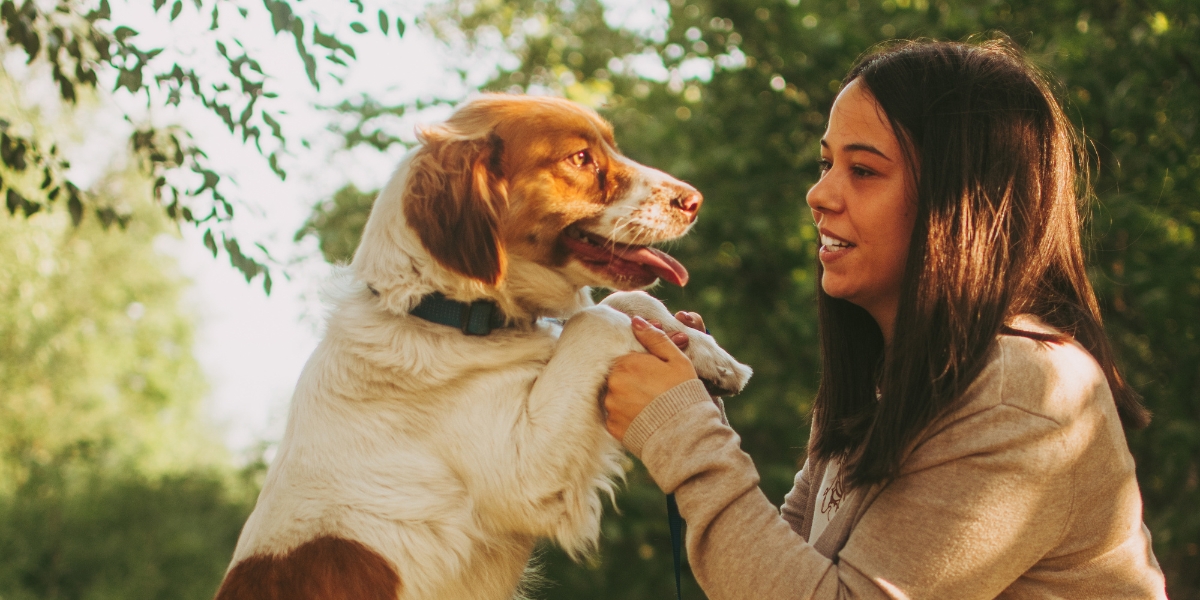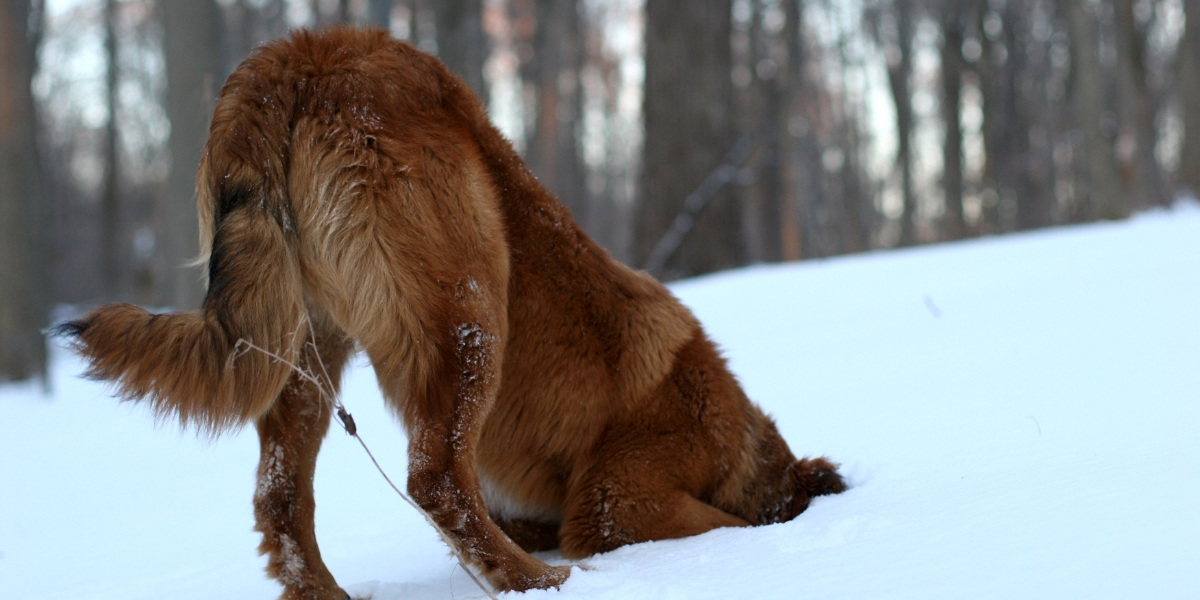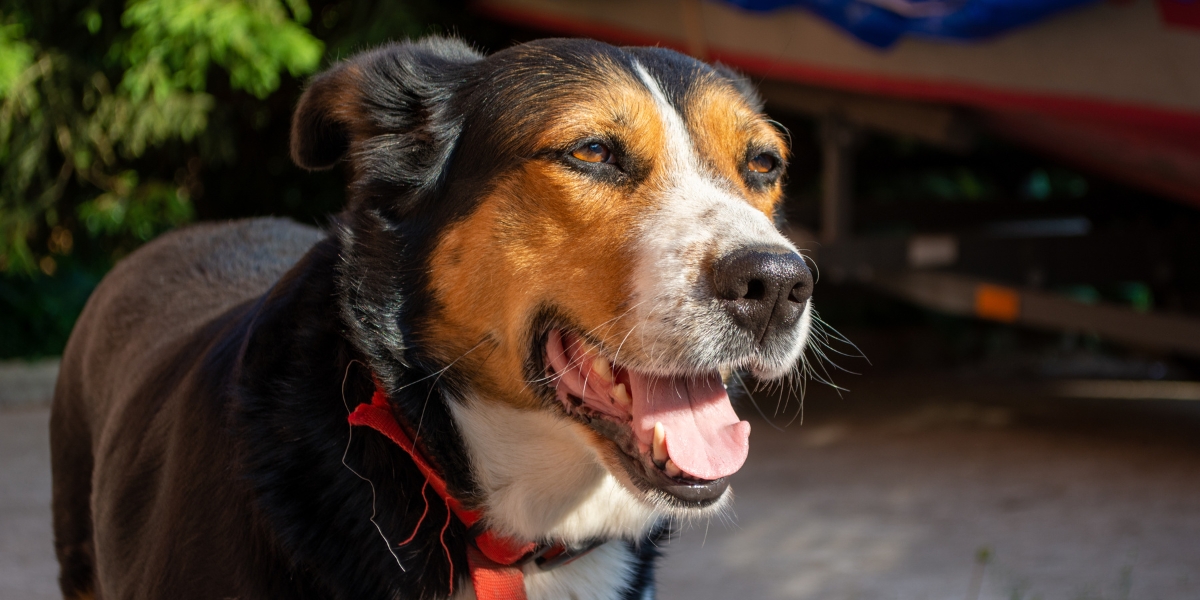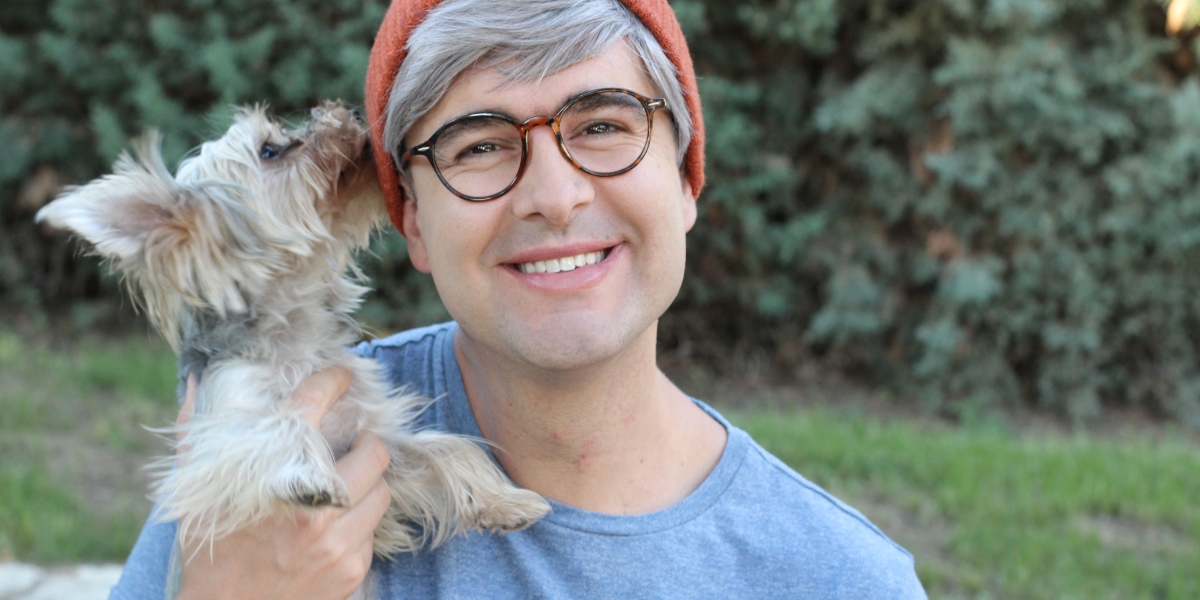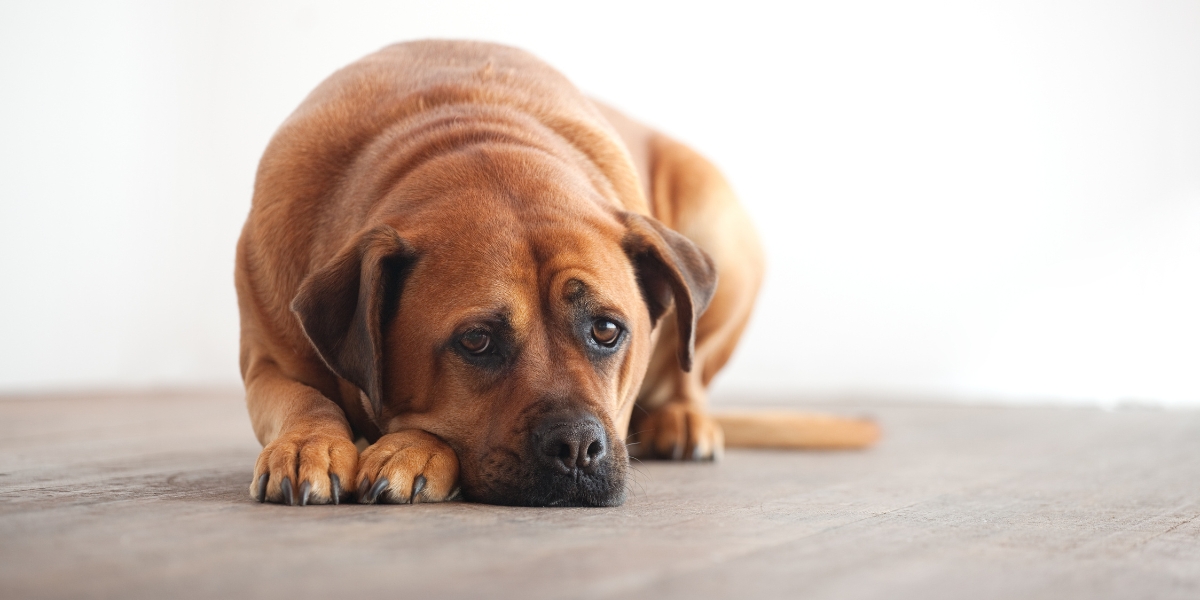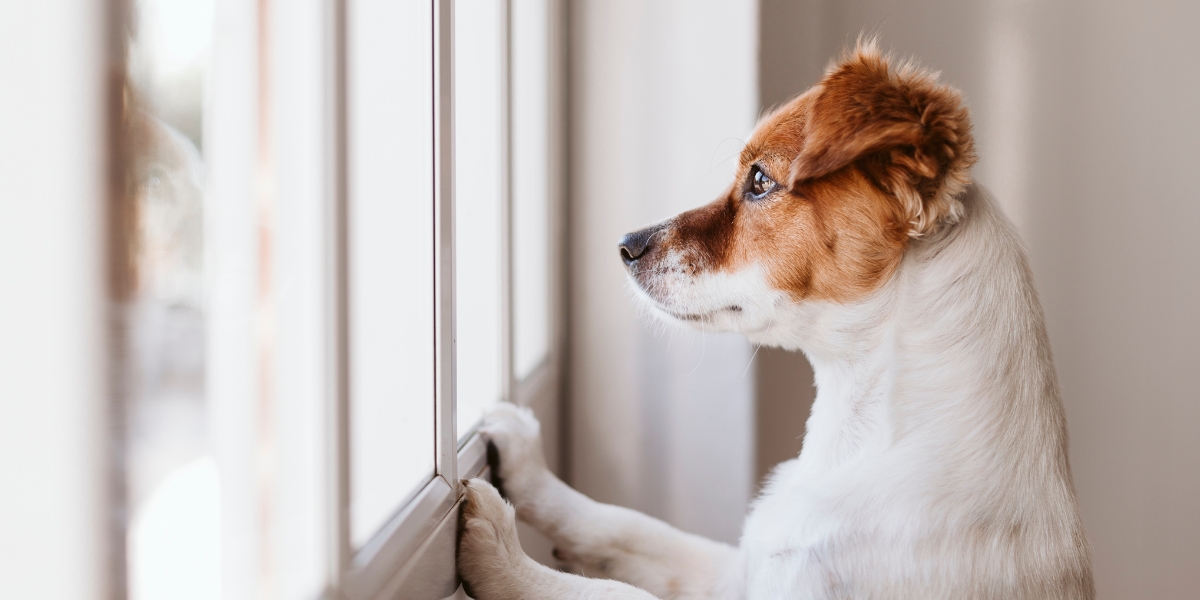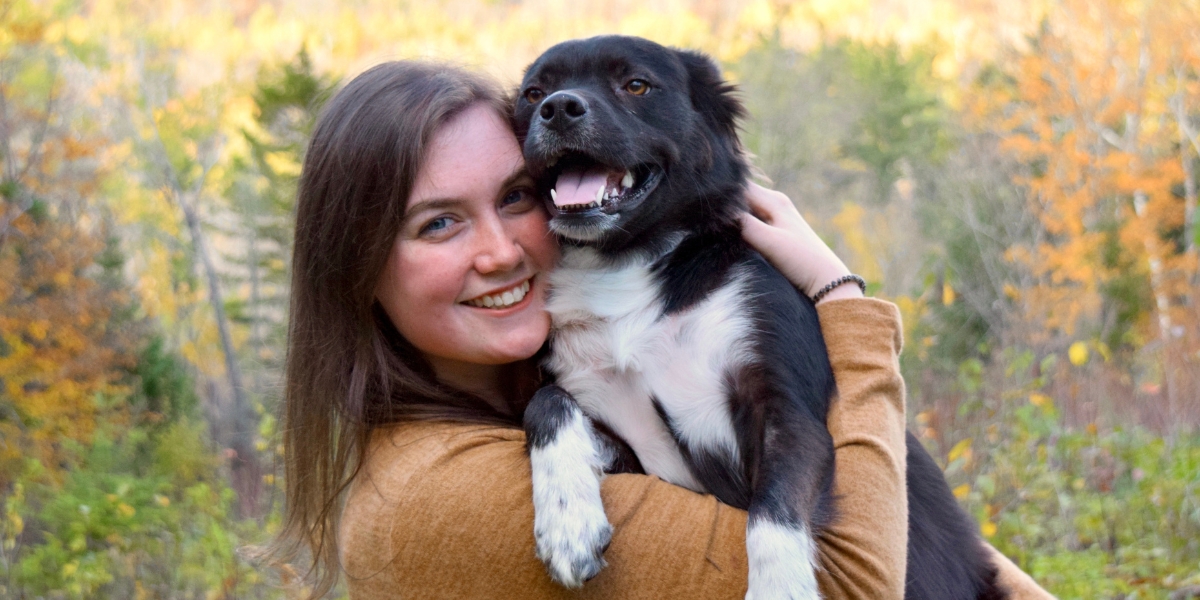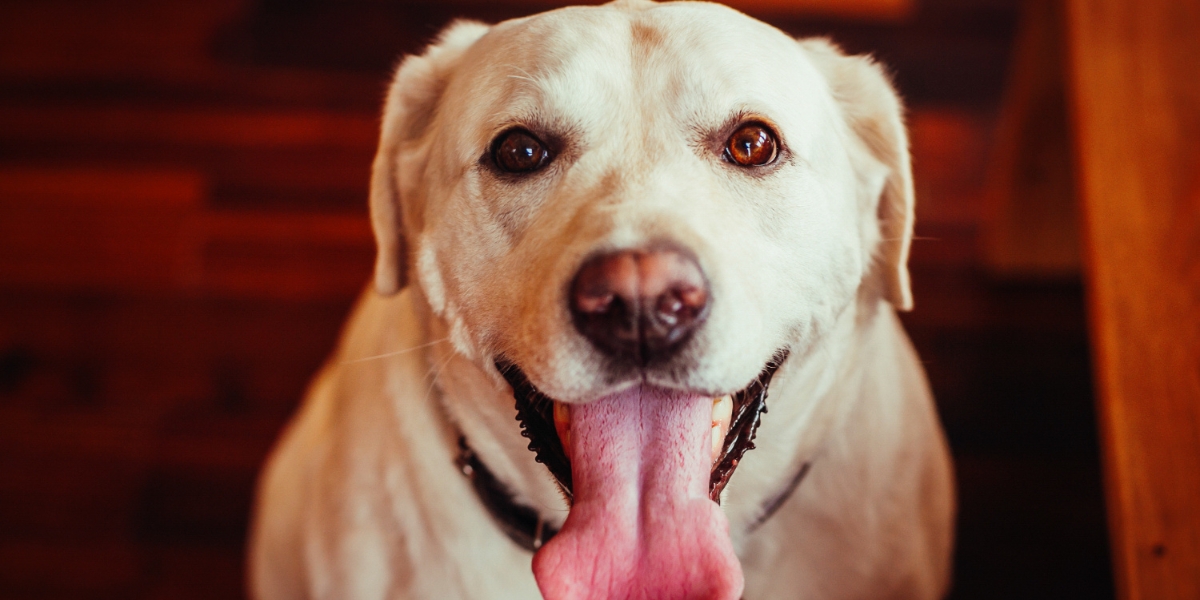Why Does My Dog Bury His Head in Me?
Ever been chilling on the couch when your furry best friend suddenly decides your lap is the perfect spot to bury their head? While dogs can’t fluently speak English, they have other ways to communicate.
Whether it’s barking, running back and forth, or burying their head under your arm or against your chest, these actions often carry meaningful reasons. It’s their way of showing affection, seeking comfort or sometimes even looking for attention during moments when words just wouldn’t do.
For dogs, burying their heads can symbolize an emotional bonding moment. They may see you as an essential figure in their life and this gesture is their way of trying to tell you how much they trust and love you.
The act of burying their heads often strengthens their connection with their human companions. Think of it as your pawed partner saying, “You’re my safe place.” These small but meaningful gestures are among the many unique ways dogs express their feelings.
Let’s explore the tail-wagging reasons why our dogs love giving us these heartwarming head hugs.
Is It Common for Dogs to Burrow Their Heads in People?
Absolutely, it’s a behavior that is especially common when a dog feels safe with someone they trust. For owners, it’s crucial to know that this doesn’t necessarily indicate a problem—it’s a way to gauge your pup’s temperament.
While it may seem unusual at first, it’s not uncommon for a puppy or even a recently adopted dog to bury their head into their human. The difference often lies in their background, as this behavior can be an expression of comfort or an attempt to bond.
The Difference Between Head-Pressing and Burying Their Head
When dogs tuck their heads under your arm, lap or snuggle on the couch, it’s a cute display of affection. This burying is a sign that your furry friend feels super safe and is likely saying, “I trust you.” They may even wag their tails or appear calm and content, showing they’re relaxed and happy.
However, head pressing is entirely different and often a cause for concern. If a dog presses their head against a wall or any hard surface, even for a short moment, it may signal discomfort or a potential health issue. This behavior could stem from a neurological problem, a headache, or something else making them feel unwell.
To tell the difference, watch for other odd behaviors like walking in circles, struggling with balance, or looking confused and unsteady. Unlike burying, which is linked to love and trust, pressing can indicate your dog needs to be checked by a vet for their safety.
Next time your dog seeks cuddles or sneaks an ear scratch, observe their body language. It’s important to understand what your friend is trying to say—whether they need help or are simply showing their love for you.
Reasons Your Dog Might Bury Their Head in You
Dogs have a special way of communicating their feelings, and one of the cutest, heart-melting behaviors is when they bury their head into their owners. This adorable behavior is part of their body language, often trying to tell a story without saying a word. Your furry friend may do this for a bunch of different reasons—let’s explore why your cute friend might be giving you this canine cuddle.
They Want to Express Their Love
Dogs have many ways to show their love—wagging their tail, jumping around, or seeking physical contact. But when your pup buries their head in you, it’s like giving you a warm hug. For dogs, this gesture is a big deal, as it reflects trust and emotional bonding. Whether it’s after completing chores or during a greeting, this simple act is their way of expressing affection.
Burrowing their head in your chest helps your pet feel safe and connected. Your scent, often the strongest in the room, comforts your pup and strengthens the bond you share. Sometimes, they do this to ask for play time, or they might lay their head on you just to feel close. It’s an easier way for them to communicate feelings without words, making it an unmistakable sign of love.
They’re Seeking Comfort
Dogs often bury their heads in their humans to seek comfort and reassurance. Remembering familiar scents helps them feel at ease, especially in a new home. When your pup stays close and leans in, they’re forming a strong bond and showing they feel safer and protected with you.
This behavior is common in adopted dogs, who may exhibit it during their first bit of time adjusting. At the same time, your dog might just want to be close because they know you are enough to keep them safe. It’s their super comforting way of expressing trust and love.
They Think You’re Upset
Dogs are phenomenal companions and highly sensitive to human emotions. Your pup can often tell if you’re feeling sad, anxious, or frustrated. If they sense you’re not entirely happy, they may bury their head in you as a way of offering comfort and support.
This adorable gesture is their way of trying to hug you and make you feel better. It shows how much they care and their natural instinct to be there for you when you need it most.
They’re Afraid of Something
Sometimes, a dog will bury their head in you because they’re afraid and want to feel safe. It’s common for dogs to grow fearful during thunderstorms or fireworks, and this burrowing behavior demonstrates their trust in you as a safe place. They rely on your presence to ease their anxiety in these stressful situations.
In some cases, this behavior might be triggered by a noise or action that reminds them of a terrible time, such as being abused in the past. Adopted dogs often seek comfort this way. The best approach is to help them work through their fears and eliminate triggers when possible. Your reassurance can make them feel secure and loved.
They Have Separation Anxiety
Dogs may bury their head in you when they think you’re about to leave them. This is common in pups who develop separation anxiety after being separated from their owners. The burrowing mostly happens as you walk out the door, showing they’re scared and want to stay close to their favorite human.
Your pup may feel missed too much when you’re gone. To ease their fears, you might talk to a vet or a local trainer. Hiding their little fluff in you is their way of saying, “Please don’t go!” It’s all about seeking safety and comfort when they’re scared.
They Want to Mark Their Territory
Dogs have a heightened sense of smell and often try to mark their territory in subtle ways. In some cases, your dog may bury their head in you to soak up your scent and make you smell like them using the glands in their nose or even their faces. Don’t worry—this doesn’t mean they’ll pee to mark you! Instead, it’s their way of saying, “This human is mine!”
Curious about other signs of affection? If you’re wondering about another common behavior, check out this article on Why Does My Dog Lick My Legs? to understand more about how your dog communicates love and attention.
Is It More Common for Big or Small Dogs?
Both big dogs and small dogs can be physically affectionate by burying their heads into you. While some people believe that a small pup is more likely to do this because of their size, this isn’t entirely true. It often depends on the dog’s personality—whether big or small, they may want something or simply seek comfort and connection.
Does a Certain Breed Do It More Than Others?
Certain breeds are naturally more likely to show affection by burying their heads into their humans. For example, Great Danes, Dobermans, and King Charles Spaniels are known for their desire to express love and stay close to their owners. These dogs often burrow to seek comfort or bond with their family.
On the other hand, breeds like Shiba Inus, Chow Chows, and Alaskan Malamutes are less likely to show love through physical contact. Researchers also suggest that shorter-haired dogs are more likely to cuddle and rely on their owners for emotional warmth compared to dogs with thicker coats, who may feel less need for closeness.
Do I Need to Correct This Behavior?
Dogs often engage in head burying for emotional reasons, such as feeling scared, anxious or seeking comfort. This behavior might occur during loud noises like thunderstorms or when meeting new people. Instead of correcting this instinctive act, focus on understanding what your furry buddy is experiencing. Think of yourself as a detective, figuring out if your dog is feeling uneasy or reacting to something stressful.
If your dog constantly buries their head, especially when you’re working, eating, or busy, it might be a good idea to gently discourage and redirect their focus. Offer a favorite toy or lead them to a cozy bed in a quiet corner. Use positive reinforcement to encourage appropriate behavior without scolding, which can make them more nervous or feel punished.
In some cases, head burying is simply a sign of love or a way to connect with you. While it’s important to understand your dog’s personality and emotional needs, also ensure their comfort level remains high. Create a safe space where your furry friend feels secure and happy, whether it’s with a calm, reassuring presence or a daily dose of that fun, loving package you enjoy when having a dog.
Check out these behavior-related articles—you might find them helpful!
Why Won’t My Dog Go Outside Anymore?
Why Do Dogs Sit With Their Back To You?


